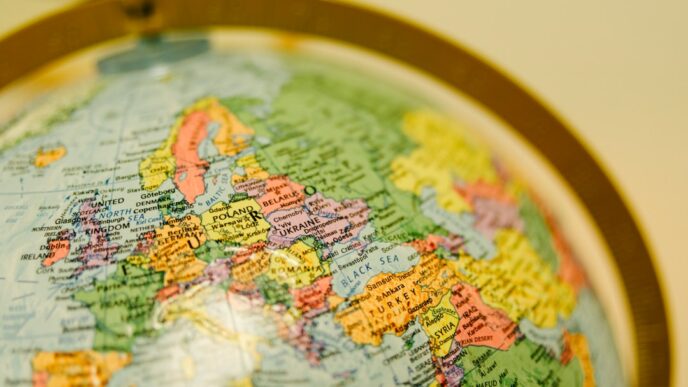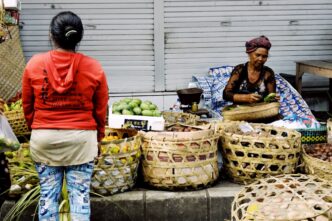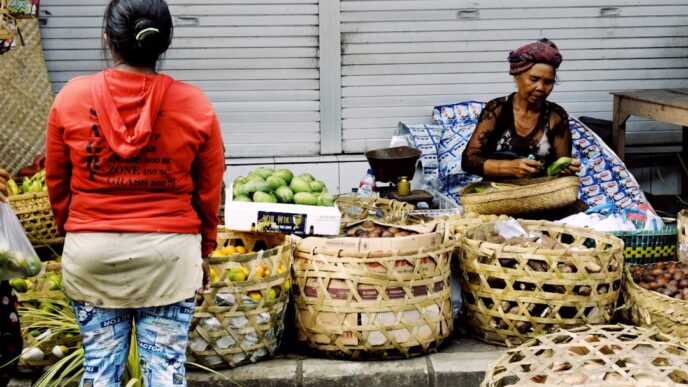As governments worldwide ramp up their commitments to combat climate change, a new economic player has emerged on the global stage: Carbon Border Adjustments (CBAs). The European Union is leading this charge, proposing measures that could redefine international trade through the lens of environmental sustainability. But what exactly are CBAs, and how might they reshape the economic landscape?
At its core, a Carbon Border Adjustment is a tariff imposed on imported goods based on their carbon footprint. The rationale is straightforward: by leveling the playing field between domestic producers subject to carbon regulations and foreign competitors that may not bear similar costs, CBAs hope to prevent “carbon leakage.” This occurs when companies relocate production to countries with looser emissions standards, undermining domestic climate initiatives.
Let’s consider how this might unfold. The EU is set to introduce its CBAs in a phased manner, initially targeting sectors like steel and aluminum. These materials are pivotal to construction and manufacturing, and their production is notoriously carbon-intensive. By imposing tariffs on imports that fail to meet its stringent carbon standards, the EU aims to protect its industries while encouraging global partners to adopt greener practices.
Countries like the United States and China have voiced concerns about these measures, arguing they could lead to trade disputes and economic retaliation. The U.S. Chamber of Commerce has warned that such tariffs might disrupt supply chains and increase costs for consumers. Yet, advocates argue that CBAs are a necessary tool to drive down global emissions. The EU’s position hinges on the belief that rigorous climate initiatives cannot succeed in isolation; they must go hand-in-hand with an evolving trade policy.
The implications of CBAs stretch beyond mere tariffs. They could catalyze a seismic shift in how global supply chains are structured. Companies will be incentivized to invest in cleaner technologies and processes not just to comply with domestic laws but to remain competitive in the face of international tariffs. For instance, a U.S. steel manufacturer may find it more cost-effective to invest in carbon capture technologies than to face punitive tariffs when exporting to the EU.
Consider the case of a Brazilian coffee producer. If CBAs were enacted, they would need to demonstrate sustainable farming practices and reduced carbon emissions to access European markets without incurring additional costs. This could spur a wave of investment in sustainable agriculture in emerging markets, as producers adapt to meet the new demands of affluent consumers.
However, the road ahead is fraught with challenges. Critics argue that CBAs could disproportionately affect developing countries, which may lack the resources to adopt greener technologies. If unregulated, these measures could lead to a fragmented trading system, with wealthier nations imposing strict environmental standards while poorer countries struggle to comply.
Discussions around CBAs also raise questions about fairness and equity. Will wealthier nations shoulder the responsibility of enabling developing countries to transition toward greener economies, or will they impose barriers that keep these nations locked in cycles of poverty? As the world grapples with these dilemmas, the convergence of trade policy and climate action is prompting a reevaluation of international cooperation.
In this evolving landscape, the economic ramifications of Carbon Border Adjustments could extend well beyond tariffs. Industries, countries, and consumers alike will face pressures to adapt, innovate, and reconsider their roles within the global economy. As policymakers navigate this complex terrain, the conversation around CBAs will likely serve as a critical touchpoint in the broader discourse on sustainable economic practices.











